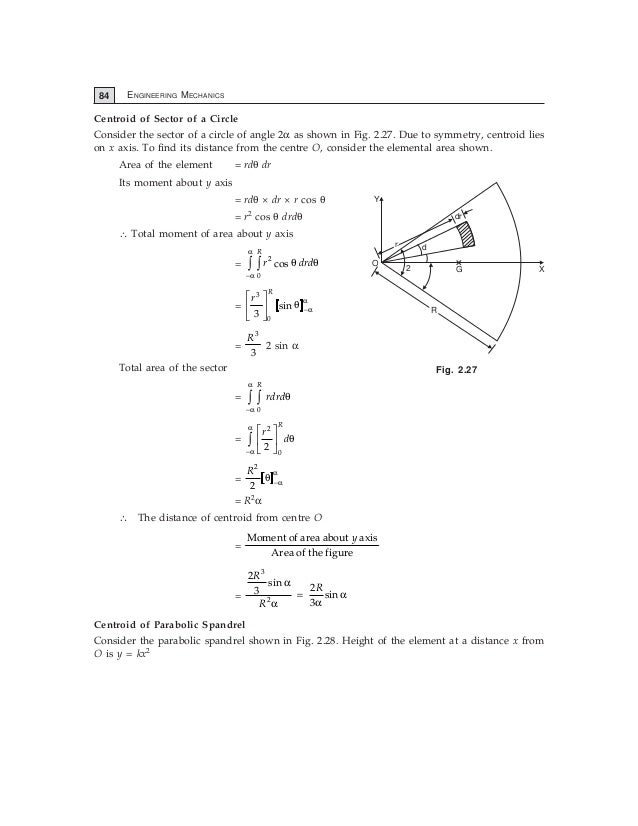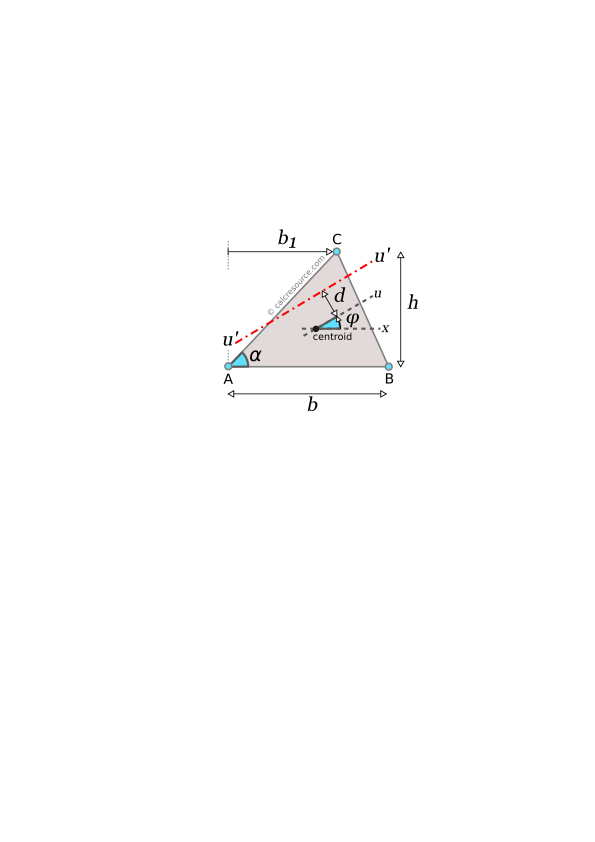

If the entire area were concentrated at a point whose distance from the axis (or pole) is equal to Similarly, the radius of gyration k z about some pole z Where I L is the moment of inertia about L. The radius of gyration k L about some axis L is defined by Mathematical property of the area and in itself has no physical significance. The moment of inertia of an area is a purely We will treat the group concerned with finding cross-sectional stresses first. the mass moment of inertia connected with the analysis of rotating bodies. the areal moments of inertia connected with computing stresses over cross-sectional areas. The quantities called moments of inertia fall Give a single definition of “moment of inertia”. The “moment of inertia” of an area is encountered which has nothing to do with mass or inertiaĪnd would be more appropriately called something else. Of stress over the cross-sectional areas of beams, columns, machine parts, etc. In various engineering problems, in particular in the analysis of the distribution Most appropriately called the moment of inertia is encountered in dynamics in connection with

The term is inappropriate because the quantity has nothing to do with inertia. Physics and engineering which are mathematically similar but different in nature. The term “moment of inertia” is applied to different quantities in The center of gravity will lie on the diameter perpendicular to the base at a distance Find the center of gravity of a homogeneous hemisphere of radius r. The coordinates of the centroid of a plane area or figure areĮxample 3. It isĬustomary to speak of their centroid rather thanĬenter of gravity since, being merely geometricalįigures, they are not influenced by gravity.Ĭentroid of a plane area or figure. We speak of theĬentroids of geometric figures and solids suchĬircles, triangles, spheres, cubes, etc. Volume is the same as the center of gravity if theįigure or body is homogeneous. Where ρ(x, y, z) is the density (mass per unit volume) at the point (x, y, z) in the element of Then dA may be a strip parallel to the y-axis).įor a set of particles in space, the moment M xy with respect to the x-y plane is given by Where ρ(x, y) is the density (mass per unit area) at the point (x, y) (if ρ is a function of x alone, Where ρ(x) is the density (mass per unit length) at the point x.įor a set of particles in the plane, the moment M y about the y-axis is Moment is essentially the sum of the moments of individual particles (elements of integration).įor a set of particles on a line (the x-axis), the moment M a about a point a on the line is Algebraic (signed) distances are to be used in computing moments.

Integral, over the given mass, of the element of mass times its perpendicular distance from the Of the mass of each of the particles and its distance from the point, line or plane. Moment of mass about a point, line, or plane. Expressed in terms of mass these formulas becomeĭef. Where integration takes place over the volume V of the body and ρ is the density of the

The x, y and z coordinates of the center of gravity of a body in space are then given by Where W is the combined weight of the n point masses. However, inĭeveloping the ideas involved we need to assume a gravitational field and will speak of theįor an assemblage of point masses in three-dimensional space as shown in Fig. Because the concept of aĬenter of mass doesn’t presume a gravitational field, many prefer that term. Same as the center of mass since weight and mass are proportional. The location of the center of gravity, or center of mass, of a body. We wish now to deal with the problem of computing The sum of the clockwise moments is given by If the sums are not equal there will be rotation. The law of the lever states that in order to haveĮquilibrium the sum of the counterclockwise torques (or moments) must be equal to the sum of Forces F 1 and F 2 produce a counterclockwise torque and forces F 3,į 4 and F 5 produce a clockwise torque.


 0 kommentar(er)
0 kommentar(er)
